The Introduction Of Gilded Tarot Deck
Menu of Contents
I. Origin of the Gilded Tarot Deck
Major Arcana Gilded Tarot Deck
Minor Arcana Gilded Tarot Deck
1. Wands Suit Gilded Tarot
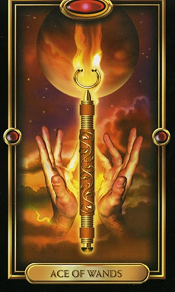 Ace of Wands | 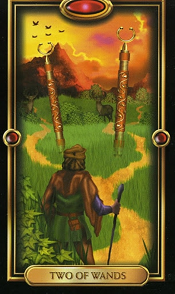 2 of Wands | 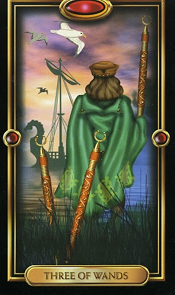 3 of Wands | 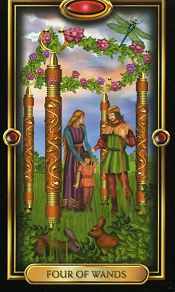 4 of Wands |
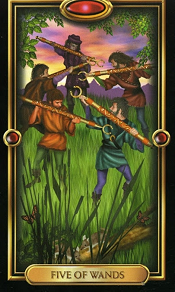 5 of Wands | 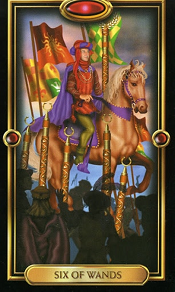 6 of Wands | 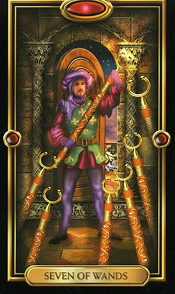 7 of Wands | 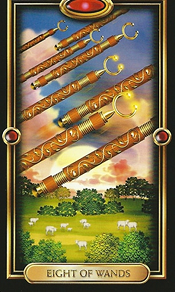 8 of Wands |
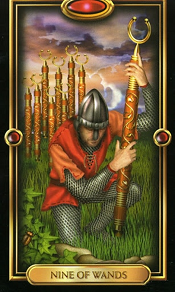 9 of Wands | 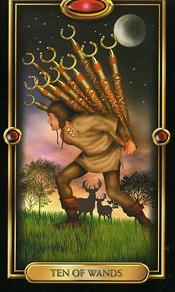 10 of Wands | 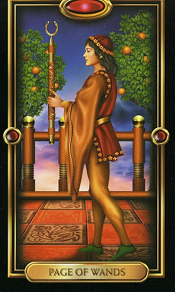 Page of Wands | 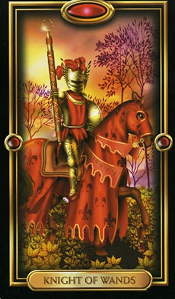 Knight of Wands |
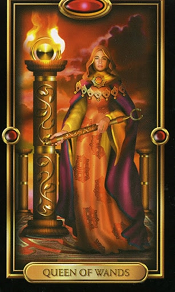 Queen of Wands | 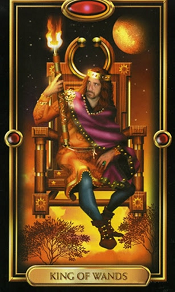 King of Wands |
2. Cups Suit Gilded Tarot
 Ace of Cups | 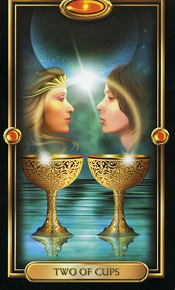 2 of Cups | 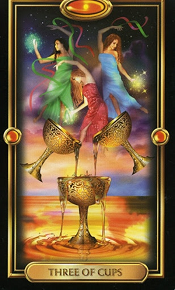 3 of Cups | 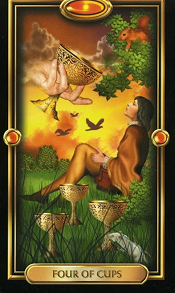 4 of Cups |
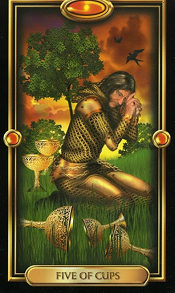 5 of Cups | 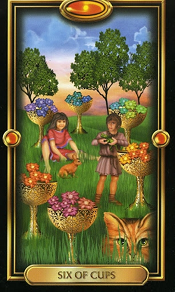 6 of Cups | 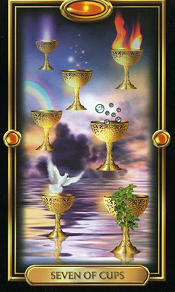 7 of Cups | 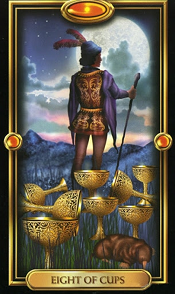 8 of Cups |
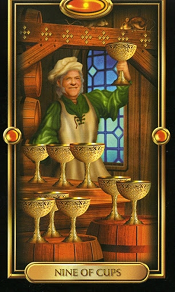 9 of Cups | 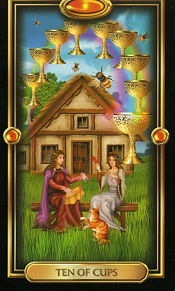 10 of Cups |  Page of Cups | 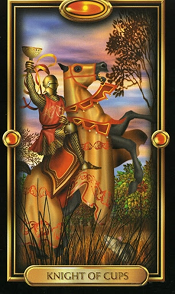 Knight of Cups |
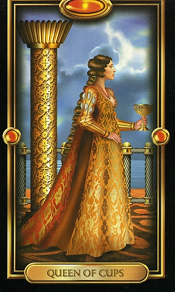 Queen of Cups | 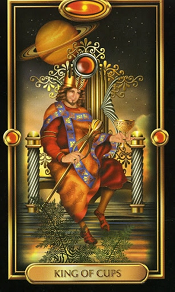 King of Cups |
3. Swords Suit Gilded Tarot
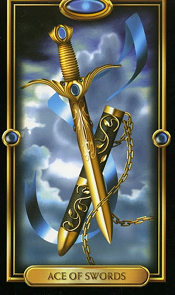 Ace of Swords Ace of Swords | 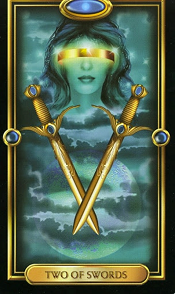 2 of Swords 2 of Swords | 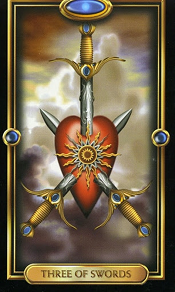 3 of Swords 3 of Swords | 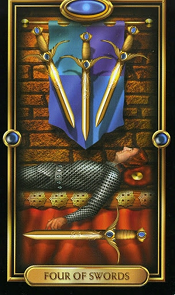 4 of Swords 4 of Swords |
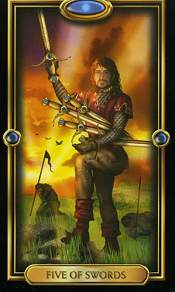 5 of Swords 5 of Swords | 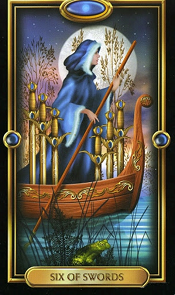 6 of Swords 6 of Swords | 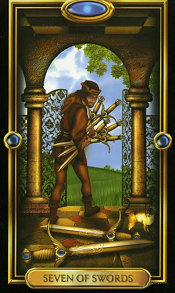 7 of Swords 7 of Swords | 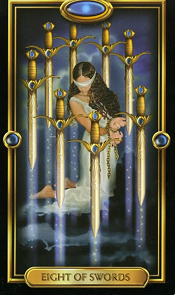 8 of Swords 8 of Swords |
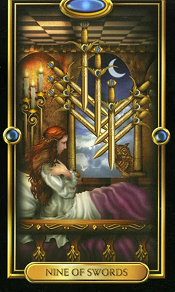 9 of Swords 9 of Swords | 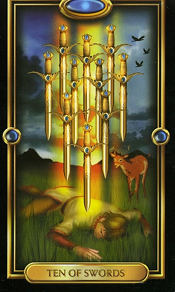 10 of Swords 10 of Swords | 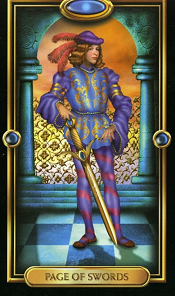 Page of Swords Page of Swords | 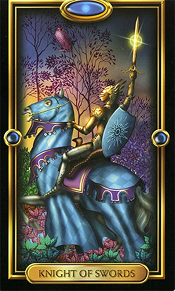 Knight of Swords Knight of Swords |
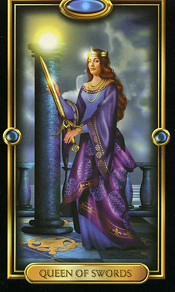 Queen of Swords Queen of Swords | 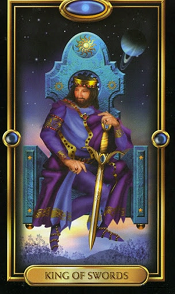 King of Swords King of Swords |
4. Pentacles Suit Gilded Tarot
II. Introduction and concept of Gilded Tarot
Gilded Tarot is an intuitive and gorgeous Rider Waite Smith-style digitally designed Tarot deck from talented author Ciro Marchetti. The deck is available in both versions from Llewellyn and from the author himself. Most decks with impressive designs are usually just collectibles. The deck has overcome this limitation by having both the beautiful art of a Tarot deck and the Rider Waite Smith standard. This deck is a wonderful piece of work with its bright tones and mystical use of imagery and a unique deck for anyone who wants to experience the Tarot in a common and easy way.
This deck is designed by acclaimed author Ciro Marchetti. Besides, its guidebook is written by Tarot expert Barbara Moore. This is the perfect guideline to this deck that even a Tarot beginner can practice right away.
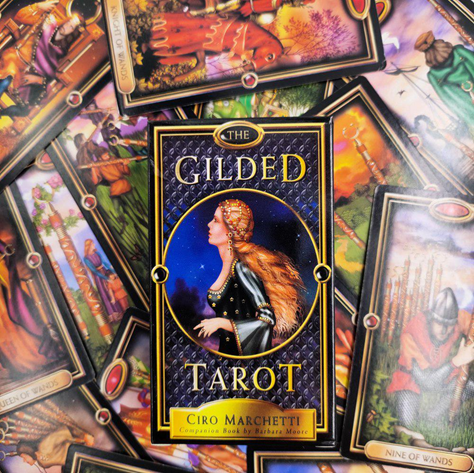
Marchetti did a lot of research before starting the Gilded Tarot. One of the main reasons is that he does not want his work to be seen as distinct. He has succeeded in creating a deck that is very close to the traditional style – a deck for the Tarot beginner. The deck itself is a beautiful digital work. If we pay attention to detail, it seems to have come from another world. Marchetti said the theme of the deck features many mechanical devices that act as a bridge between the scientific and mystical worlds. We will see this in the Wheel of Fortune, the Star, and the Moon cards. There is a special edition of this deck published by the author Marchetti himself on his website, for a rather high price. However, the version released by Llewellyn Worldwide itself is more affordable, making the deck easily accessible to Tarot readers.
All of the cards in the Gilded Tarot stand out, but there are also some that are truly impressive. We can refer to the first card of the deck which is the Fool. Marchetti portrayed the Fool as a clown. This is also the first card we see one of the prominent themes in this deck that is Astrology. The Fool is juggling the 12 zodiac signs with the moon behind him. He is dancing with a gold bracelet on one of his legs and appears to be stepping over a golden cane wrapped with a ribbon. There are too many hidden aspects in this card.
The high Priestess is depicted between two pillars with a crescent moon in the background. These pillars stand underwater. There is the image of a woman in a transparent robe, bending back over the water unconsciously with nine glittering jewels (representing the nine planets) afloat over her head.
Death is one of the most impressive cards in this deck. In the middle of the card, we will see a blue-gray mask. A ribbon with a white symbol (with a five-petaled flower in it) is flapping towards the right side of the card. Underneath the mask is a shield with a unicorn symbol.
The Ace of Cups shows a large golden cup with a blue eye in the center. The light is pouring down from above. On the cup is an arc of six symbols representing the cycle of the moon.
The Ten of Cups presents a typical family scene but only the mother and daughter. There is also a family of cats sitting in front of a house. Instead of a rainbow line, we can see an image of ten cups arranged in an arc over that house. Marchetti mentioned this is the scene where the head of the family is coming home to his wife and children. It is quite confusing as part of the family is missing here.
The Queen of Swords can be seen as the favorite Queen in this deck. The Queen outfit is in the same medieval style as the other court cards. She is standing and is raising her sword while wearing a purple cloak. Her posture is not threatening but poised to defend herself. Light reflects off her sword and dress, showing the relationship between truth (the light of the sun), thought (crown), and action (sword).
The guidebook that comes with the Gilded Tarot is meticulously compiled with an introduction to the suits, the meanings of the numbers, the sequence of the Major Arcana cards, instructions on how to ask questions and how to choose a significator, etc. There are black and white scans for the Major Arcana cards but none for the Minor Arcana cards or the court cards. The description is so basic and complete that there is no need to refer to other Tarot books published by Llewellyn. The book is very well presented from start to finish.
Some images and symbols in the Gilded Tarot deck are in traditional style while others are mythical and fairy-tale. Every time you use it, you will see something new and different compared to the other decks. One of the things Marchetti mentions in the author’s note is the use of animals: be aware that they are not always there in their mythical form – Sometimes they are there simply to observe the action within the card, and to draw your focus to the action in question. If you do not realize this, you can read more than what is implied in these cards. For example, the owl in the Nine of Swords is there to help you ask questions, as well as (according to Marchetti) to reinforce the card’s night scene. The deer in the Two of Wands is there to help make a decision while in the Ten of Wands, they appear to observe.
Death represents a Unicorn representing shield; the Ten of Cups has a cat, the Lovers shows dolphins swimming afloat, the Four of Wands has a rabbit, the Eight of Wands has a sheep; the Four of Cups shows a squirrel and a mouse; the Six of Cups shows a cat hiding in the grass; the Seven of Cups has a dove; the Eight of Cups has a sleeping mole which implies blindness; there is a toad in the Six of Swords; the Ten of Swords has a cat that looks like curious; the Nine of Swords has an owl sitting on the window; the Ace of Pentacles has a weasel; the Seven of Pentacles has a deer on the meadow; there are a rat and a spider spinning a web in the Eight of Pentacles, the Ten of Pentacles has a ferret in a wooden chest; the Knight of Pentacles has a rabbit emerging from a green bush; a peacock appears in the Queen of Pentacles.
III. The design of Gilded Tarot Deck
Llewellyn Publishers’ layout has the deck and books arranged in a cardboard box with a small white paper box and a black mesh bag. There is a headline on the little white box: “Caring for your cards”, which includes suggestions for decorating this box with symbols of protection and power, wrapping the cards in a protective cloth or placing them in a bag, and storing the cards with quartz or other stones to purify their energies. All of these suggestions are very helpful, although sometimes in the Tarot world, it can be difficult to decorate a white box with any symbols.
The cards in Gilded Tarot are approximately 2 ¾ x 4 ½ inches (equivalent to 7 x 11.5 cm size) which is a standard size for small hands. They are well made and glossy. The back of the card is black with a ¼ inch (equivalent to 0.6 cm size) gold border surrounding a “flame” on a blue background. With this design, we cannot tell if the drawn card is upright or reversed.
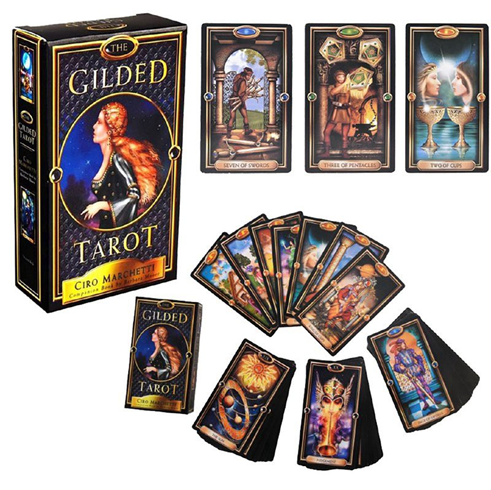
The front of the card uses a similar black background tone with a gold border. In the middle of the top border is an oval. Regarding Major Arcana cards, this oval is black, bearing the card’s number in Roman form. Regarding the Minor Arcana cards, this oval has a color that represents each suit: Red for Wands, Orange for Cups, Blue for Swords, and Green for Pentacles. In the middle of the bottom border is a yellow rectangle with the card’s name for the Major Arcana, suit number and name for Minor Arcana, and suit name and name for Court cards.
There are several useful spreads presented at the end of the book, including various versions of the Three Card spread (Past/ Present/ Future, Body/ Mind/ Spirit, and Choices); the Celtic Cross spread and a spread by Katie Vyvyan entitled the daily spread, which is quite interesting. The positions in this spread are defined as Works (whatever you are accomplishing throughout the day, either at work or at home), Home (the people and activities surrounding the home), Unexpected (literally, the unexpected things that happen during the day) ), Your Role (your moods, actions, and reactions), and Outcome (the outcome of the day, and the spiritual lesson(s) learned).
IV. Who is the Gilded Tarot for?
Gilded Tarot is a standard Rider Waite Smith Tarot deck with updated images that make it easy for every reader to connect. It is a great example of traditional structure in non-traditional imagery. This is a deck for anyone to use and for whatever purpose they want. There are some nude images in this deck, so it probably won’t be suitable for use with children. Tarot beginners and Tarot readers of all levels will find a connection when using this deck.
V. Symbolism and Interpretation in the Gilded Tarot Deck
1. Archetypal Imagery in the Gilded Tarot Deck
The Gilded Tarot Deck is renowned for its rich and evocative archetypal imagery, which holds profound symbolic meanings within each card. Archetypes, as defined by Swiss psychologist Carl Jung, are universal, ancient, and recurring patterns of behavior, symbols, and motifs that reside in the collective unconscious of humanity. These archetypes serve as a bridge between the conscious and unconscious mind, representing fundamental human experiences, emotions, and journeys.
In the context of the Gilded Tarot Deck, archetypal imagery is carefully incorporated into the artwork of the Major and Minor Arcana cards. Each card embodies a specific archetype, capturing its essence and enabling the reader to tap into its inherent wisdom and energy. By recognizing and interpreting these archetypal symbols, individuals can gain a deeper understanding of themselves, their situations, and the forces at play in their lives.
The Major Arcana cards in the Gilded Tarot Deck depict some of the most recognizable and influential archetypes. For example, the Fool represents the archetype of the innocent adventurer, embarking on a new journey with boundless potential and a sense of wonder. The High Priestess embodies the archetype of the wise and intuitive guide, offering access to hidden knowledge and spiritual insights. The archetype of the Lovers explores the complexities of love, relationships, and choices. These archetypes and many others provide a foundation for profound introspection and guidance.
Within the Minor Arcana of the Gilded Tarot Deck, archetypal imagery is expressed through the suits of Wands, Cups, Swords, and Pentacles. Each suit corresponds to a different element and carries its own set of archetypal associations. The Wands suit embodies the archetype of passion, creativity, and enterprise. Cups represent emotions, love, and relationships, reflecting the archetype of the nurturer and the romantic. Swords embody the archetype of intellect, conflict, and decision-making. Pentacles relate to material wealth, abundance, and the archetype of the provider.
By delving into the archetypal imagery within the Gilded Tarot Deck, readers can access a universal language that speaks to the depths of the human psyche. The symbols and archetypes present in the cards offer a profound means of self-reflection, providing insights, guidance, and perspectives that transcend individual experiences. The imagery acts as a gateway to the collective unconscious, connecting individuals to the vast tapestry of human existence and enabling them to explore the timeless themes and patterns that shape our lives.
2. Elemental Associations and Symbolic Meanings in the Gilded Tarot Deck
The Gilded Tarot Deck incorporates elemental associations and symbolic meanings to enhance the depth and intricacy of its readings. Drawing inspiration from the four classical elements of fire, water, air, and earth, the deck weaves a tapestry of symbolism that adds layers of insight and interpretation to each card.
The elemental associations in the Gilded Tarot Deck align with the four suits of the Minor Arcana: Wands, Cups, Swords, and Pentacles. Each suit represents a specific element, bringing its unique qualities and symbolic significance to the forefront.
Fire, often associated with the suit of Wands, embodies the elemental force of passion, creativity, and transformation. It symbolizes ambition, inspiration, and the drive to take action. In the Gilded Tarot Deck, the fiery imagery found in the Wands suit reflects the transformative nature of fire, igniting the spark of motivation and propelling individuals towards their goals.
Water, connected to the suit of Cups, represents the realm of emotions, intuition, and relationships. It symbolizes the ebb and flow of feelings, love, and the depths of the subconscious. The imagery within the Cups suit in the Gilded Tarot Deck evokes the fluidity and reflective nature of water, capturing the nuances of human emotions and the intricate dynamics of interpersonal connections.
The suit of Swords, aligned with the element of air, embodies the realm of intellect, thoughts, and communication. It symbolizes clarity, logic, and the power of the mind. In the Gilded Tarot Deck, the imagery of the Swords suit reflects the swift and decisive nature of air, illustrating the challenges of mental conflict, decision-making, and the pursuit of truth.
Earth, associated with the suit of Pentacles, represents the realm of materiality, abundance, and practicality. It symbolizes stability, security, and the tangible aspects of life. The imagery within the Pentacles suit in the Gilded Tarot Deck conveys the grounding and nourishing qualities of earth, exploring themes of wealth, resources, and the physical manifestations of success.
The elemental associations in the Gilded Tarot Deck provide a framework for understanding the symbolic meanings embedded in each card. Fire may signify passion, ambition, and creative energy, while water can represent emotional depth, intuition, and healing. Air may indicate intellectual pursuits, communication, and mental clarity, while earth symbolizes practicality, stability, and material abundance.
VI. Reading Techniques and Spreads for the Gilded Tarot
1. Popular Tarot Reading Techniques for the Gilded Tarot Deck
One popular tarot reading technique for the Gilded Tarot Deck is the “Three-Card Spread.” This simple yet effective technique involves drawing three cards and interpreting their collective message. The first card represents the past, providing insight into the experiences and influences that have shaped the present situation. The second card signifies the present, offering guidance and understanding about the current circumstances. Lastly, the third card represents the future, shedding light on potential outcomes or the path ahead. The Three-Card Spread allows for a concise and focused reading, making it an excellent choice for addressing specific questions or gaining general guidance.
Another popular technique utilized with the Gilded Tarot Deck is the “Celtic Cross Spread.” This complex spread provides a comprehensive overview of a person’s life or a particular situation. It consists of ten cards, each assigned a specific position and significance. The Celtic Cross Spread delves into various aspects, such as the present situation, underlying influences, external forces, hopes and fears, and potential outcomes. It offers a deep exploration of the querent’s circumstances, providing nuanced insights and a broader understanding of the energies at play.
Additionally, the “Intuitive Reading” technique is highly regarded for working with the Gilded Tarot Deck. In this approach, the reader allows their intuition to guide the interpretation of the cards. Rather than relying solely on predefined positions or spreads, the reader tunes into their inner wisdom and intuitive faculties to derive meaning from the imagery, symbolism, and emotions evoked by the cards. This technique encourages a personal connection with the deck and fosters a unique and intuitive reading experience.
Whether using the simplicity of the Three-Card Spread, the comprehensive nature of the Celtic Cross Spread, or the intuitive approach, each technique offers a different lens through which to explore the messages and symbolism of the Gilded Tarot Deck. Ultimately, the choice of technique depends on the reader’s preference, the nature of the question or situation, and the desired level of depth and guidance sought from the cards.
2. Tarot Card Spreads for Deep Insight with the Gilded Tarot Deck
One popular tarot card spread used with the Gilded Tarot Deck is the “Past-Present-Future Spread.” This three-card spread is simple yet effective in providing a timeline perspective. The first card represents the past, offering insights into previous experiences and their influence on the present situation. The second card signifies the present, shedding light on the current circumstances and immediate challenges. Lastly, the third card represents the future, providing glimpses into potential outcomes or the path ahead. The Past-Present-Future Spread enables readers to gain a deeper understanding of the interplay between past events, present circumstances, and future possibilities.
For those seeking a more comprehensive reading, the “Gilded Tarot Celtic Cross Spread” is an excellent choice. This ten-card spread delves into various aspects of the querent’s life or a specific situation. Each card is assigned a specific position and significance, revealing information about the present circumstances, underlying influences, external forces, hopes and fears, and potential outcomes. The Celtic Cross Spread provides a nuanced exploration of different factors at play, offering a holistic understanding of the situation and guidance for the querent’s journey.
Another powerful spread for deep insight with the Gilded Tarot Deck is the “Relationship Spread.” This spread focuses specifically on matters of the heart and interpersonal connections. It consists of multiple cards, each representing different aspects of the relationship, such as communication, emotional connection, challenges, and potential growth. The Relationship Spread helps uncover dynamics, strengths, and areas for improvement within relationships, offering valuable insights and guidance for fostering healthier and more fulfilling connections.
By utilizing tarot card spreads tailored to the Gilded Tarot Deck, readers can access profound insights and gain a deeper understanding of the energies and influences surrounding a situation or individual.
VII. Historical Influence and Cultural Significance of the Gilded Tarot
1. Origins and Evolution of Tarot: Tracing the Historical Influences on the Gilded Tarot
Tarot cards have a complex and multifaceted origin. While their precise origins remain elusive, most scholars agree that tarot decks originated in the 15th century in Northern Italy, primarily as playing cards. The earliest surviving tarot decks, such as the Tarot de Marseille, featured the traditional suits of swords, cups, coins, and batons, which later transformed into the familiar swords, cups, pentacles, and wands in contemporary tarot decks.
One key historical influence on tarot decks, including the Gilded Tarot, is the esoteric and mystical traditions of the late 18th and early 19th centuries. During this time, occultists and scholars such as Antoine Court de Gébelin and Eliphas Levi popularized the concept of tarot as a tool for divination and spiritual exploration. They associated the cards with ancient Egyptian wisdom and incorporated mystical symbolism and allegory into their interpretations. These ideas laid the foundation for the tarot’s transition from a mere card game to a powerful tool for introspection and divination.
Another influential period in the evolution of tarot occurred during the 20th century, with the rise of the Rider-Waite-Smith Tarot Deck. Created by Arthur Edward Waite and illustrated by Pamela Colman Smith, this deck introduced revolutionary changes in tarot imagery, emphasizing symbolism and esoteric concepts. The Rider-Waite-Smith Tarot Deck popularized the use of detailed illustrations for the Minor Arcana, providing a visual narrative that deepened the interpretive possibilities of tarot readings.
2. The Cultural Impact and Contemporary Relevance of the Gilded Tarot Deck
The Gilded Tarot Deck has made a significant cultural impact since its creation, resonating with individuals from diverse backgrounds and capturing the imagination of tarot enthusiasts worldwide. Its contemporary relevance lies in its ability to bridge ancient wisdom with modern sensibilities, offering a tool for personal growth, self-reflection, and intuitive guidance in the present day.
One aspect of the Gilded Tarot’s cultural impact is its ability to transcend cultural boundaries. Tarot, as a practice, has a long history of being influenced by various cultures and belief systems. The Gilded Tarot Deck, with its rich symbolism and imagery, draws upon archetypal themes that resonate with universal human experiences. It transcends cultural limitations, making it accessible and relevant to individuals regardless of their cultural or spiritual background.
The Gilded Tarot Deck’s contemporary relevance stems from its capacity to provide a means of self-discovery and personal empowerment. In a fast-paced and often chaotic world, many individuals seek tools for introspection, guidance, and personal development. The Gilded Tarot offers a unique avenue for self-reflection, allowing users to tap into their intuition and gain deeper insights into their emotions, relationships, and life path. The deck serves as a catalyst for self-exploration, empowering individuals to navigate their challenges, make informed decisions, and gain clarity about their desires and aspirations.
Moreover, the Gilded Tarot has also influenced popular culture, appearing in various forms of media, including films, television shows, and literature. Its captivating imagery and symbolic language have inspired artists, writers, and filmmakers to incorporate tarot themes into their works, further cementing its cultural impact. The deck has become a visual and symbolic reference point in contemporary culture, serving as a source of inspiration and intrigue.

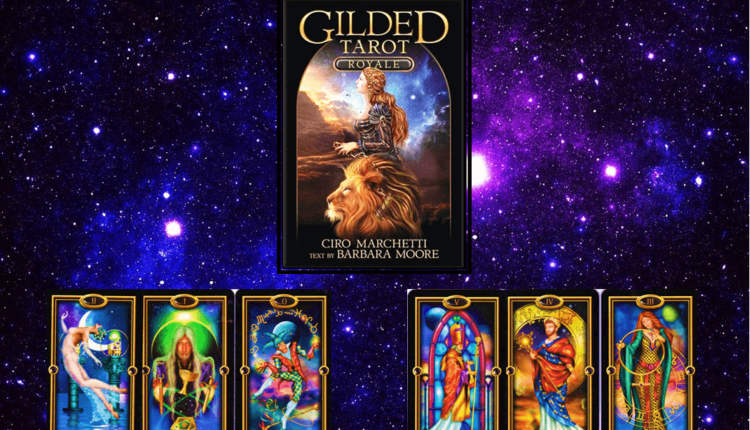
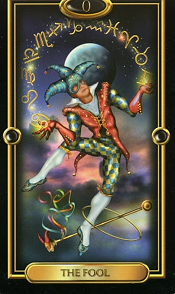
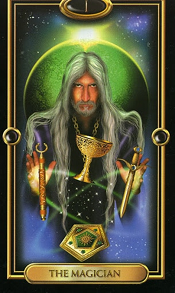
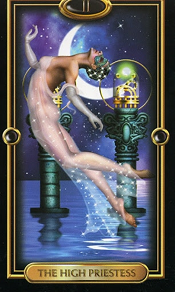
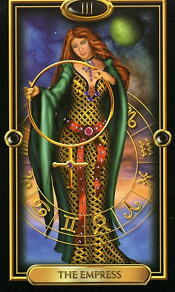
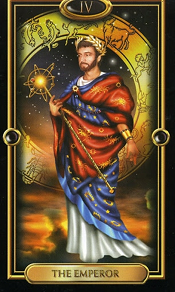
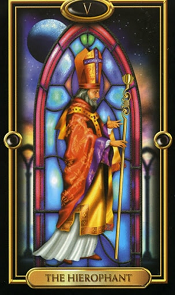
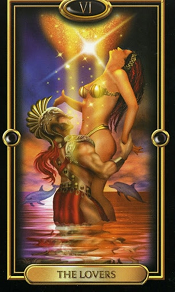
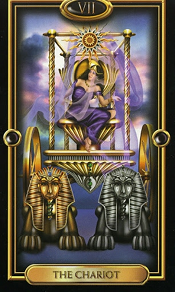
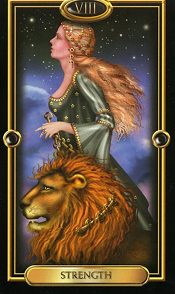
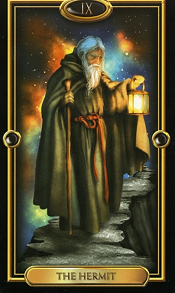
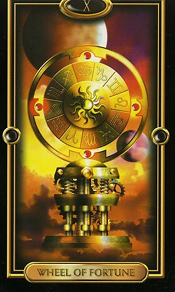
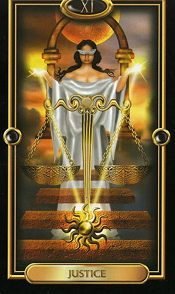
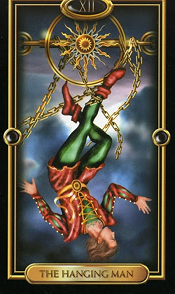
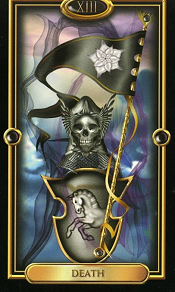
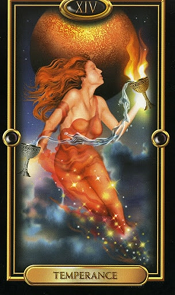
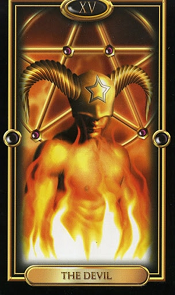
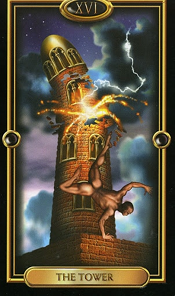
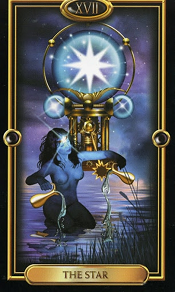
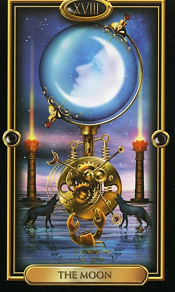
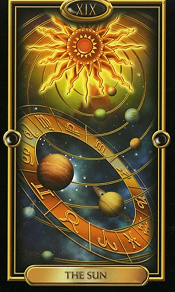
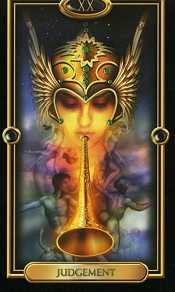
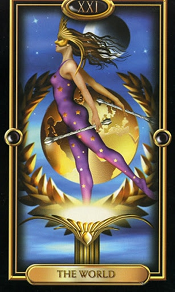
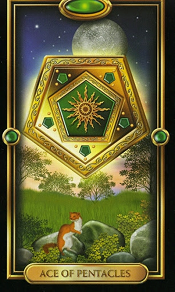 Ace of Pentacles
Ace of Pentacles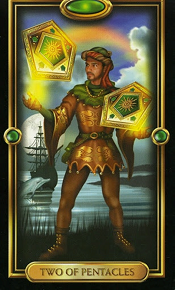 2 of Pentacles
2 of Pentacles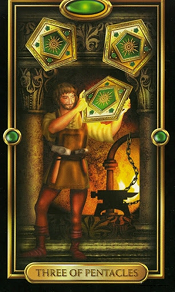 3 of Pentacles
3 of Pentacles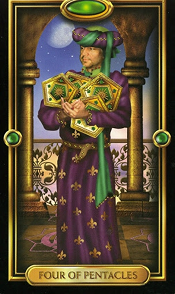 4 of Pentacles
4 of Pentacles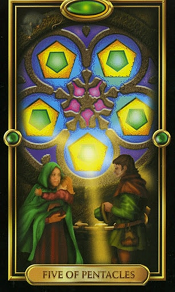 5 of Pentacles
5 of Pentacles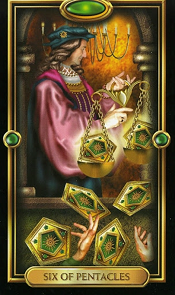 6 of Pentacles
6 of Pentacles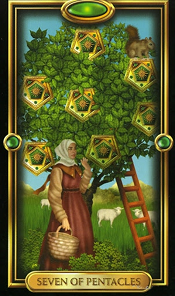 7 of Pentacles
7 of Pentacles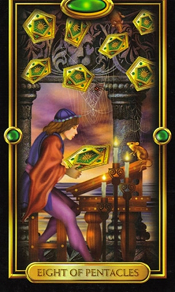 8 of Pentacles
8 of Pentacles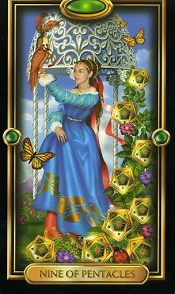 9 of Pentacles
9 of Pentacles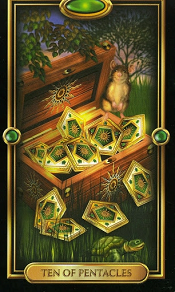 10 of Pentacles
10 of Pentacles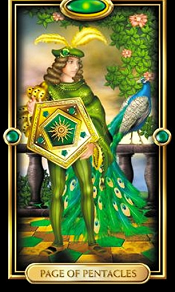 Page of Pentacles
Page of Pentacles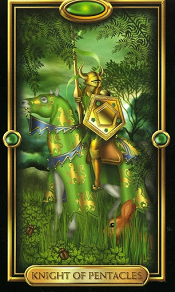 Knight of Pentacles
Knight of Pentacles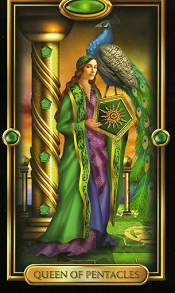 Queen of Pentacles
Queen of Pentacles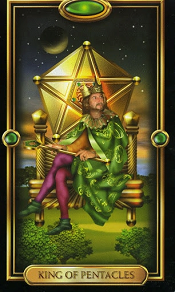 King of Pentacles
King of Pentacles